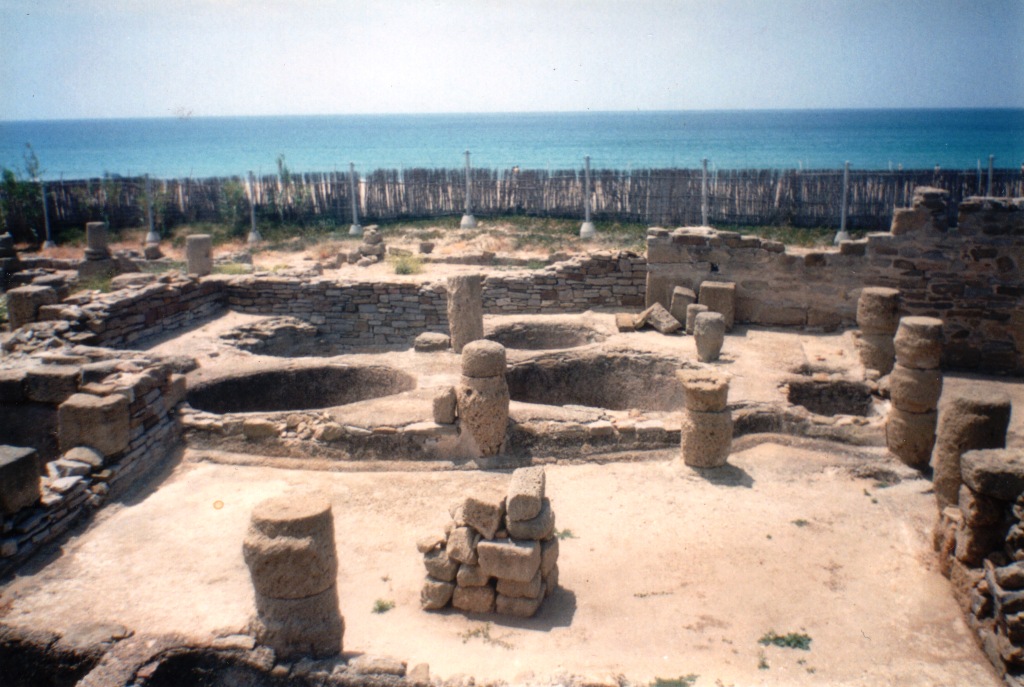[First posted on AWOL 26 November 2912, updated 23 February 2015]
The Oxford Roman Economy Project
Have you taken the AWOL User Survey?
The Oxford Roman Economy Project
The Oxford Roman Economy Project is a research project based in the Faculty of Classics, at the University of Oxford. The project, lead by Prof. Alan Bowman and Prof. Andrew Wilson, was originally funded by the Arts and Humanities Research Council for the period from October 2005 to end September 2010, but additional funding through the generosity of Baron Lorne Thyssen now allows it to continue until the end of 2012.
The research programme addresses the fundamentals of the Roman imperial economy and analyses all major economic activities (including agriculture, trade, commerce, and extraction), utilising quantifiable bodies of archaeological and documentary evidence and placing them in the broader structural context of regional variation, distribution, size and nature of markets, supply and demand. The project mainly focuses on the period between100 BC and AD 300, including the era of greatest imperial expansion and economic growth (to c.AD 200), followed by a century conventionally perceived as one of contraction or decline. Geographically, the project draws on material selected from all over the Mediterranean world. A more detailed description of the aims and methods of the project can be found here
The large amounts of data that are studied during the project, which mostly already have been published in some form or another, are stored and organized in a large database, which is currently being made accessible online to the wider scholarly community through this website.
Integral part of the project is a series of conferences, which take place roughly each year and addresses specific aspects of the economy, such as urbanization (2007), agriculture (2008), trade (2009), and metals, mining and coinage (2010). Moreover, in connection with the Oxford Roman Economy Project, Oxford University Press has agreed to inaugurate a series of publications under the general title Oxford Studies on the Roman Economy (OSRE), edited by the two project directors.
Bibliographies
The Roman Economy Introductory Bibliography
03-12-2012
Ancient City Populations Bibliography
22-10-2014
Indo-Roman Trade Bibliography
19-12-2012
Roman Textile Economies Bibliography
27-12-2012
Compiled by Miko Flohr. Version 1.0, December, 2012.
Mining Bibliography
14-02-2011
Fish Industries and Garum Production Bibliography
11-05-2007
Wine Production and Trade Bibliography
11-05-2007
Olive Oil Production and Trade Bibliography
11-05-2007Working Papers
Coinage and the Roman Economy in the Antonine Period: the view from Egypt
10-10-2013Christopher Howgego, Kevin Butcher, Matthew Ponting, and Volker Heuchert
Quantification of fish-salting infrastructure capacity in the Roman world
21-03-2007Andrew Wilson
The uptake of mechanical technology in the ancient world: the water-mill
28-02-2007Andrew Wilson
Quantifying Egyptian Evidence for Transport
18-10-2007Colin Adams



